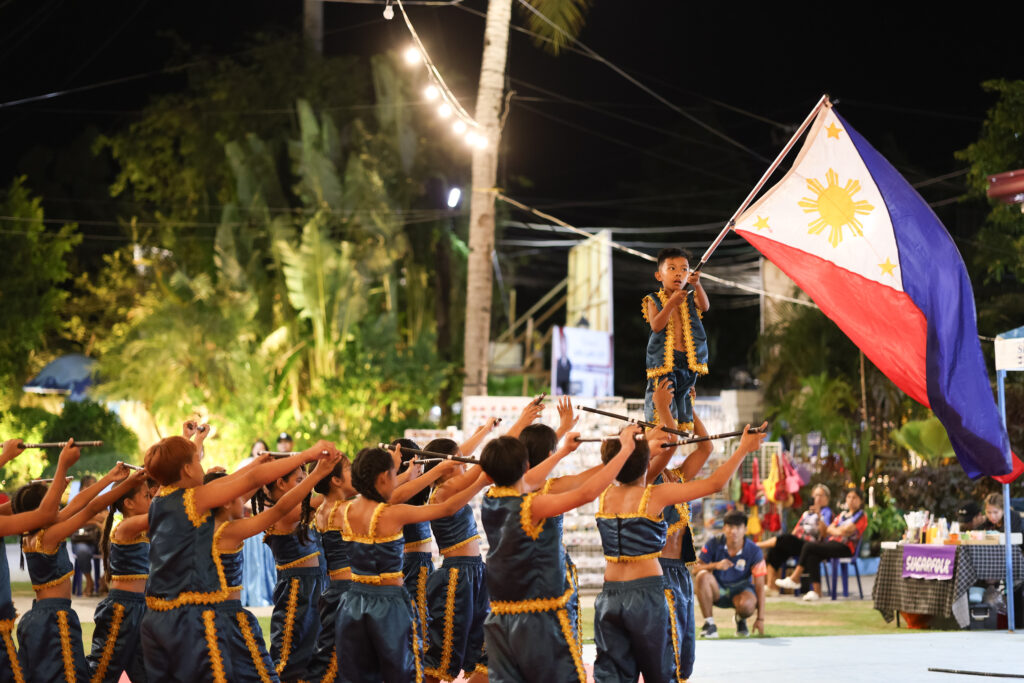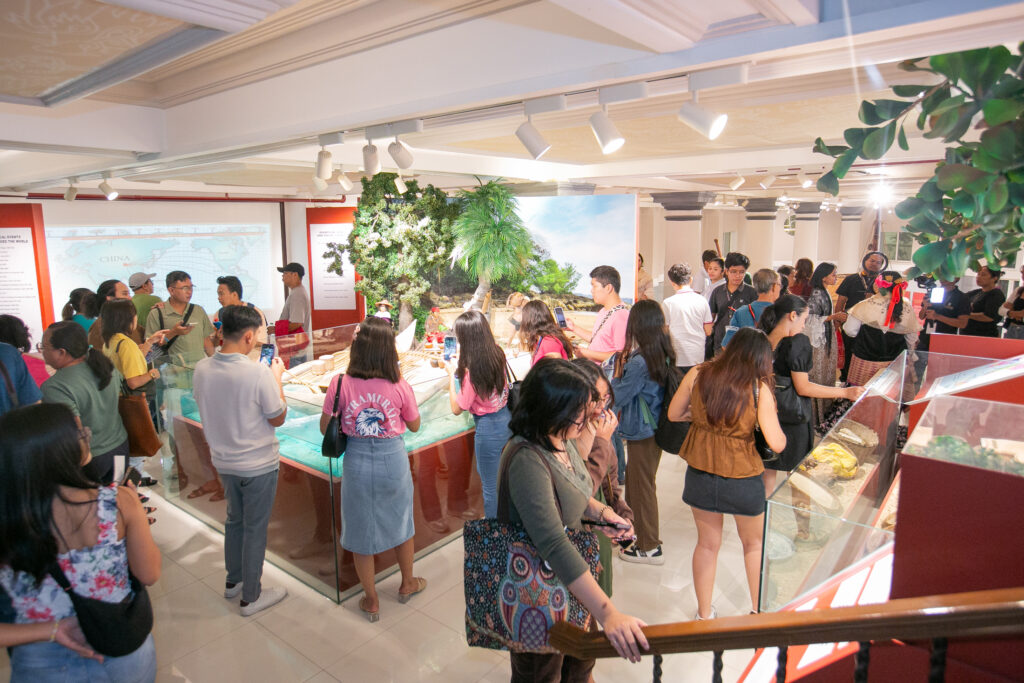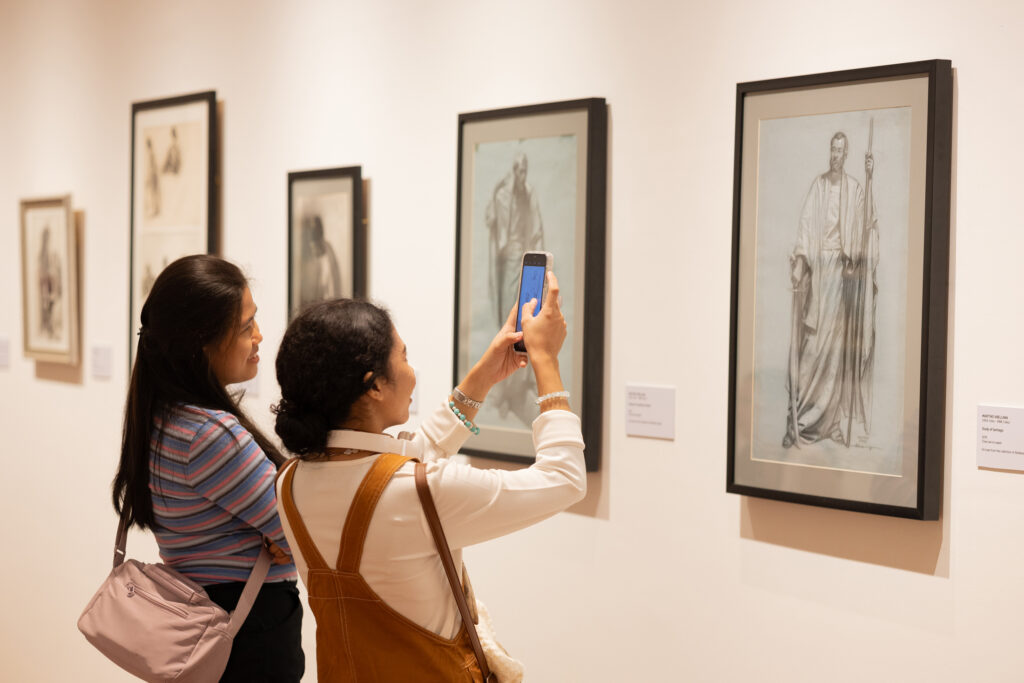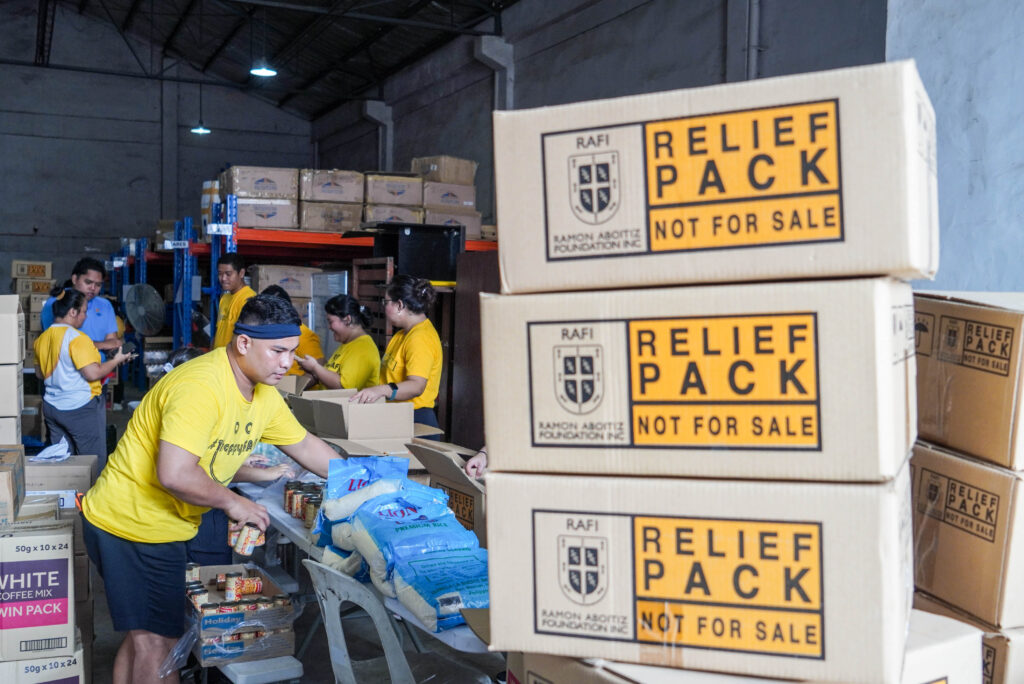
Every culture reaches a point when the stories of the past need new hands to carry them forward. In Cebu, that responsibility now rests with the youth—curious, creative, and ready to breathe new life into old traditions.
In this article, we get insights from the youth on how they view culture and heritage.
At A Glance

Cebuano Culture and Heritage in the eyes of the Youth
For Aliyanarah Saskia “Sas” Cabanigan, learning about Cebuano heritage isn’t just about looking back. For her, it’s about shaping what comes next. “When we think about history, there’s always the stereotype that it’s all in the past. Why should we care about it? But the things that happened actually help us to learn more about the future. It’s important that we enrich this and also pass it to the next generation so we don’t forget.”
Her thoughts echo a simple truth: heritage isn’t something we store away in a museum cabinet. It’s something we live with, something that shapes the choices we make moving forward.
Yamanni “Yam” Pabillore knows this, too. She isn’t originally from Cebu, but exploring the city’s history gave her a new way of seeing things. “Where we come from gives us a deeper sight of where we’re going. Cebu holds so much of our history, and preserving it gives us both an insight into the past and a vision of what the future can be.”
Cultural events in Cebu
The Ramon Aboitiz Foundation, Inc. (RAFI) is an advocate for the preservation of Cebuano culture and heritage. As part of its programs, Cebloom is an initiative that envisions Cebuano communities drawn together and enabled by their local heritage. Part of its commitment is the annual heritage night, Gabii sa Kabilin that brings together Cebu’s museums and heritage sites to cater to hundreds of participants for a night time museum experience.
It’s these kinds of experiences that stick. They turn abstract history into something real, something personal. They remind us that heritage isn’t only about the past—it’s about what we choose to do with it now.
For Sas and Yam, cultural activities like Gabii sa Kabilin made all the difference. It’s one thing to read about culture in a book or scroll through it online—but it’s another to ride a tartanilla through the streets at night, to step inside a centuries-old home like the Casa Gorordo Museum, or to hear a guide explain why a wooden staircase couldn’t have 13 steps. These aren’t just fun facts. They’re small windows into how the Cebuanos in the past lived, what they believed, and why those details still matter today.
Youth as Bearers of Culture and Heritage

In a time when digital life moves fast and attention spans are pulled in every direction, the will to slow down, be curious, and connect with culture is what keeps traditions alive. That’s where the youth come in. They bring authenticity. They bring curiosity. And more than anything, they bring the drive to ensure these stories never fade away.
Culture and heritage survive because people choose to keep them alive. And today, young Cebuanos are proving that this work is not a chore to be carried reluctantly—it’s a privilege. A chance to take what’s been passed down and make it meaningful again, for themselves and for those who will come after.
The torch is already in their hands. The question now is how far they will carry it—and how many more will join them along the way. This also poses a challenge for the community to create spaces and opportunities for the youth and other members to learn and rediscover their roots as Cebuanos. It is a call to keep our Cebuano identity strong and to never forget where we come from.


